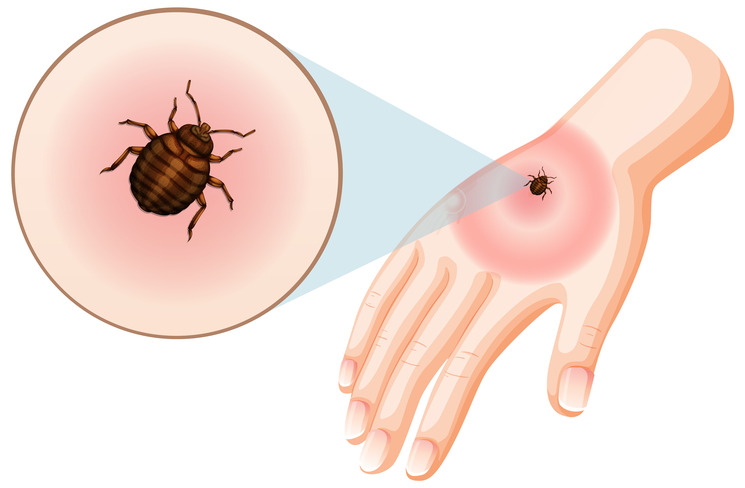If you’ve been struggling with Lyme disease but aren’t seeing improvements despite treatment, co-infections could be the missing piece of the puzzle. Lyme disease is complex on its own, but many people don’t realize it rarely comes alone. Co-infections, like those caused by the Yersinia bacteria, can complicate the condition, delay recovery, and introduce new symptoms. Identifying these infections early is critical to ensure effective treatment.
What Is Yersinia?
Yersinia refers to a group of bacteria that can cause gastrointestinal or systemic infections in humans. The most well-known species are Yersinia pestis (responsible for the plague) and Yersinia enterocolitica, which leads to infections in the digestive system. Though not always recognized, Yersinia bacteria can spread beyond the gut, potentially affecting other body systems and creating chronic health issues.
How Yersinia Relates to Lyme Disease
One challenge with Lyme disease is that its symptoms overlap with many other infections, including Yersinia. Both Lyme and Yersinia infections can trigger fatigue, joint pain, and neurological issues. Because Yersinia often manifests in the digestive tract, many Lyme patients unknowingly suffer from gastrointestinal symptoms caused by this co-infection.
Symptoms of Yersinia Infection
Acute Symptoms
- Diarrhea or abdominal pain
- Fever and chills
- Nausea and vomiting
Chronic Symptoms Mimicking Other Diseases
- Chronic fatigue
- Joint pain or swelling
- Anxiety and depression
Digestive and Neurological Involvement
Yersinia infections can sometimes lead to reactive arthritis and neurological problems, such as brain fog, which overlap with Lyme disease symptoms, making diagnosis even more challenging.
Diagnosing Yersinia Infection
To address Lyme disease effectively, it’s essential to test for potential co-infections. Standard diagnostic tests for Yersinia include stool cultures, blood tests, and antibody screening. However, because symptoms vary widely, many infections remain undiagnosed without targeted testing.
Lyme Disease Co-Infection Questionnaire
A questionnaire designed to assess co-infection symptoms can be a useful tool in guiding diagnosis and helping doctors detect infections like Yersinia.
Sample Lyme Disease Co-Infection Questionnaire
Here’s a sample questionnaire to help identify potential Yersinia involvement:
- Have you experienced unexplained abdominal pain or diarrhea?
- Do you suffer from persistent joint pain or swelling?
- Have you noticed chronic fatigue that worsens without any clear cause?
- Do you experience mood swings, brain fog, or concentration issues?
- Have you had any recent travel or exposure to contaminated food or water?
Treatment Options for Yersinia and Lyme Co-Infections
Antibiotics Used in Yersinia Treatment
Common antibiotics for Yersinia include doxycycline and ciprofloxacin. However, treatment plans vary based on the severity of the infection.
Supporting Therapies for Lyme Patients
Integrative therapies, such as herbal antimicrobials, probiotics, and immune-boosting supplements, can enhance recovery from both Lyme and Yersinia.
The Role of Detox and Gut Healing Protocols
Detoxification and gut healing protocols are essential to eliminate toxins and restore gut health, especially in cases involving Yersinia.
Biomagnetism therapy testimonials
Why Ignoring Co-Infections Can Delay Recovery
Untreated co-infections can lead to relapses or persistent symptoms, making Lyme disease harder to manage. Addressing co-infections like Yersinia ensures a more comprehensive recovery process.
Prevention of Yersinia and Lyme Co-Infections
- Lifestyle Changes to Reduce Risk: Practice good hygiene, especially after travel or exposure to animals.
- Dietary Tips and Strengthening the Immune System: Focus on anti-inflammatory foods and probiotics to support gut health.




